About Us
Our Process
For the first five years of our inception, Magellan did not advertise or solicit clients for projects. Each proposal and project came to us via our reputation, relationships, and network connections. This relationship-based approach is still important to us, and we appreciate the loyalty and referrals of our friends and peers in the education space. Every institution is unique, and their needs vary based upon their current situation, historic standing, internal culture, and numerous other variables. We pride ourselves on taking the necessary steps to fully understand these dynamics and work them into our solution models and action plans.
Regardless of the origins of current and future clients, below is a basic overview of the flow of communications and solidification of a typical project.
Phase 1
Initial Contact
Historically, this has been a representative of the interested institution or client reaching out via phone or email expressing an interest in the area of course development, operational services, training, or an overarching assessment of their academic operations. In this initial contact, we listen and discern the area of need before determining next steps.
Phase 2
Key Stakeholder Meeting(s)
After identifying the needs of the institution and determining that the Magellan team can assist, a high-level meeting is called where the scope of requested services is solidified. This is generally an information-gathering session with the institution or client’s executive leadership or identified representatives. This may entail a series of meetings, depending on the scope of the project. For example, in the case of a comprehensive project, separate meetings with various divisions of the institution would need to be pulled in (e.g., academics, administration, content development department, operations, enrollment, marketing, etc.).
Phase 3
Proposal Draft
Next, the scope of services, deliverables, timeline, and budget are drawn up in a proposal, which is reviewed with the client and either approved or modified as needed. This step is essential to ensure the mission and expectations of the project are clear to both parties.
Phase 4
Proposal Approval by Client Organization
The path forward will vary based upon the nature of identified services, and this approval will culminate in a final, binding term sheet and/or contract. After that, the work begins!
Phase 5
Various Paths Forward
As noted, projects vary depending on the institution’s needs. Some examples:
- A purely online program and course development project will have a particular pace and timeline, depending on the number of courses, etc.
- An operational assessment of system and process is intense but is a relatively short-term project.
- The work that comes after an assessment, such as a full or partial online operations overhaul or ongoing consulting will have its own ebb and flow.
Phase 6
Scheduling
Our model works much like a building contractor, and in conversation with clients, we use that description and example regularly because it fits on so many levels. That is, for those of you that have been through a building or renovation project, sometimes there is an interval between calling the contractor in and the actual work beginning. We work hard to minimize this time; like a good builder, we want to give your project the attention it deserves and ensure the best possible outcome for you.
